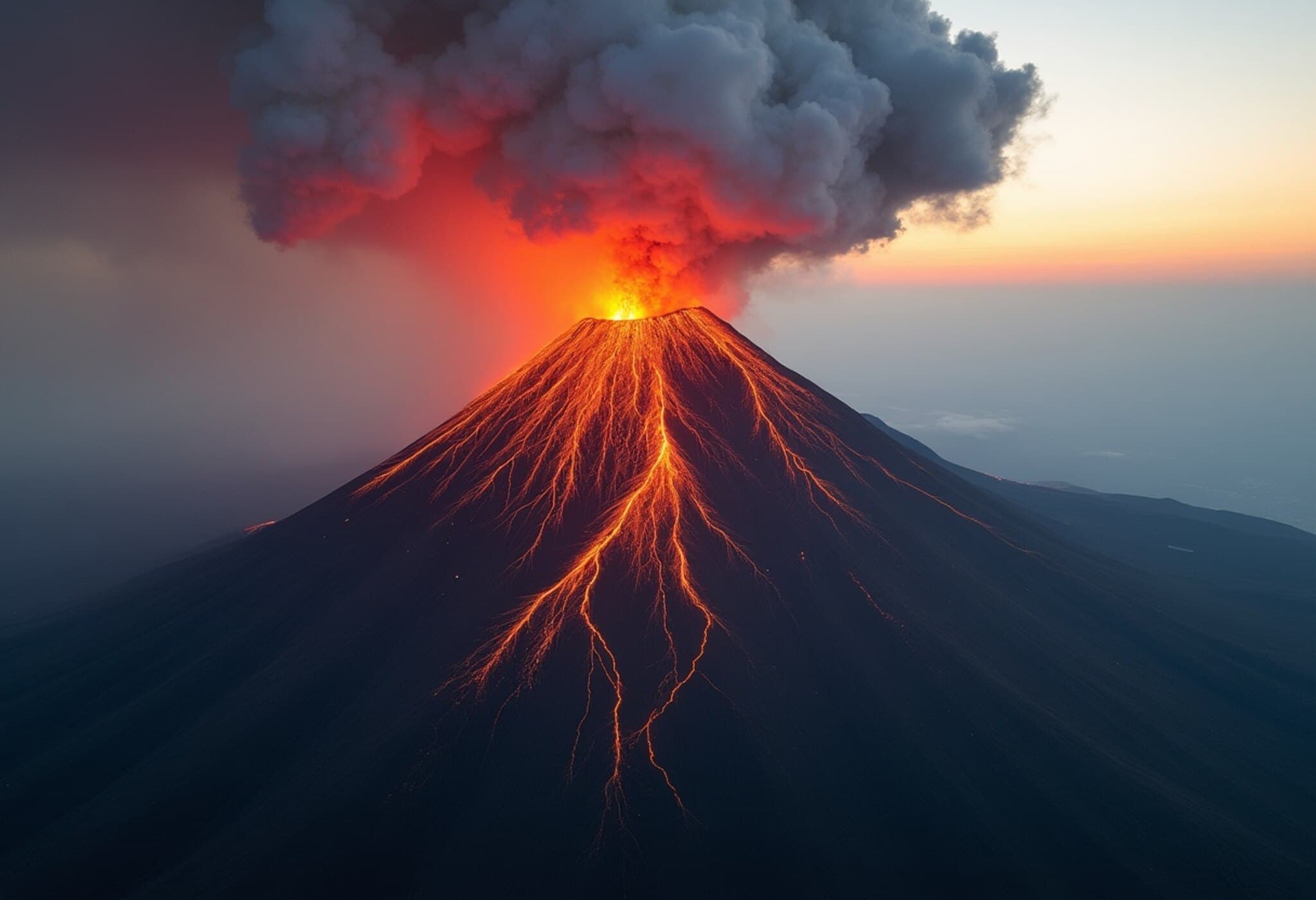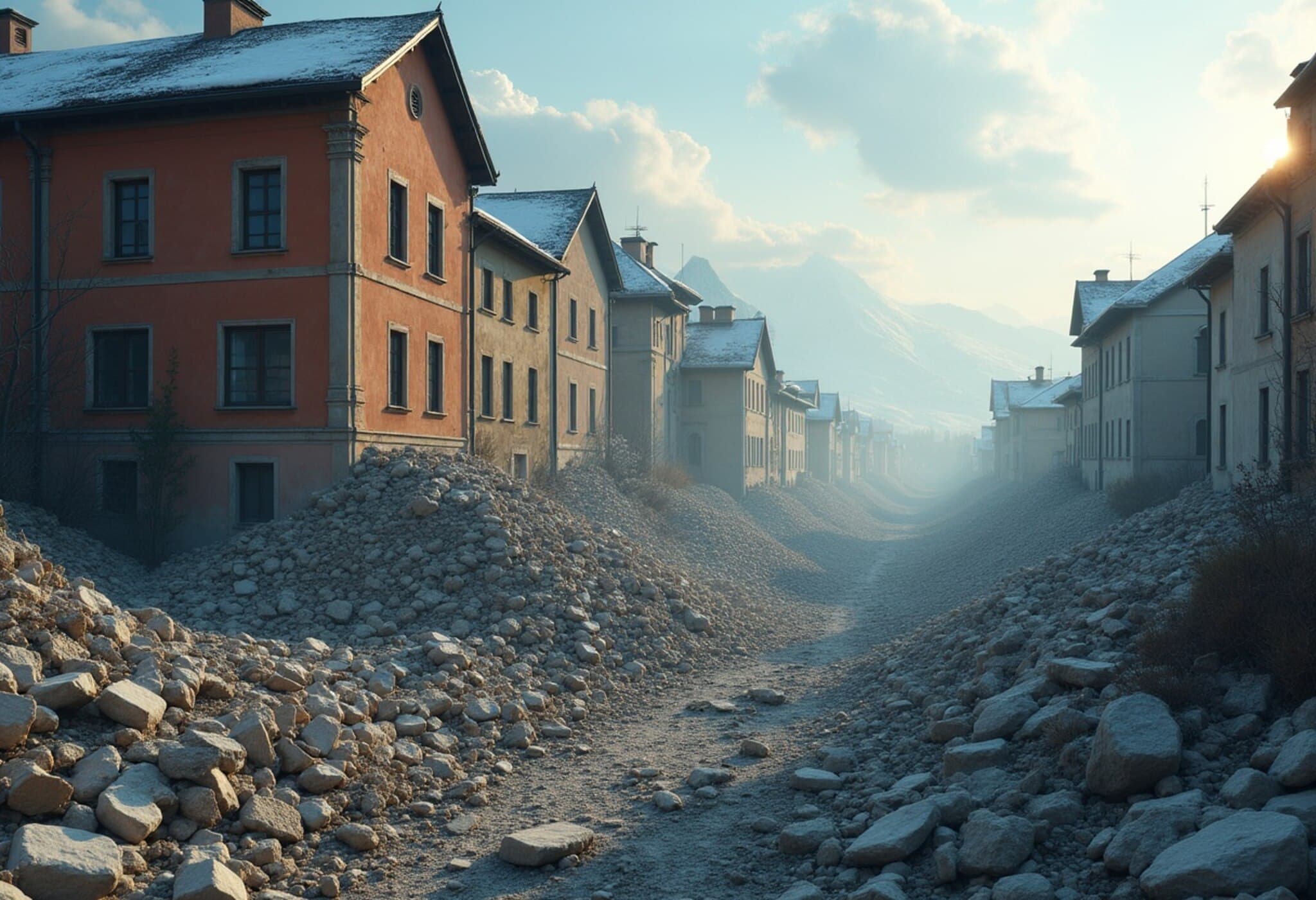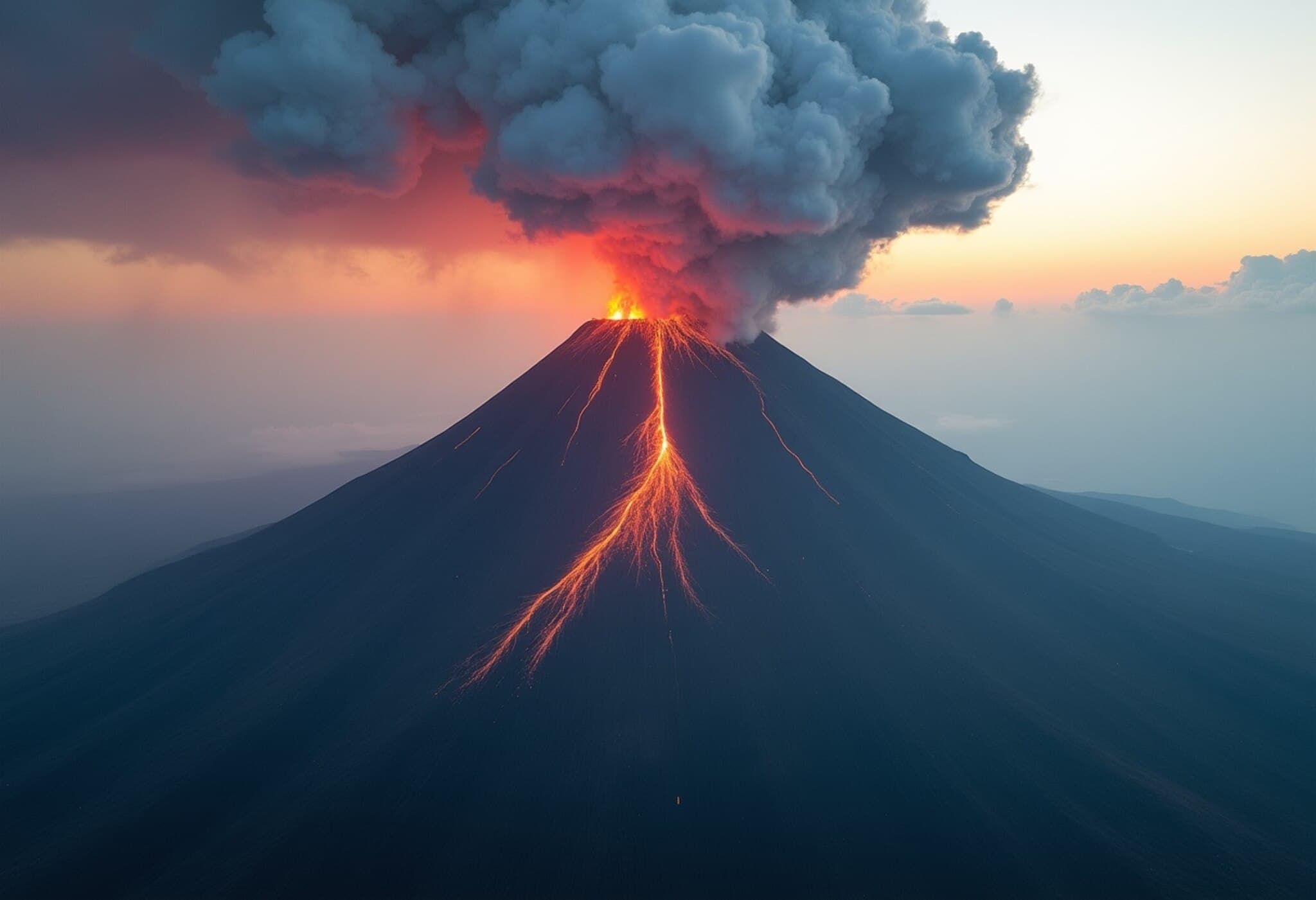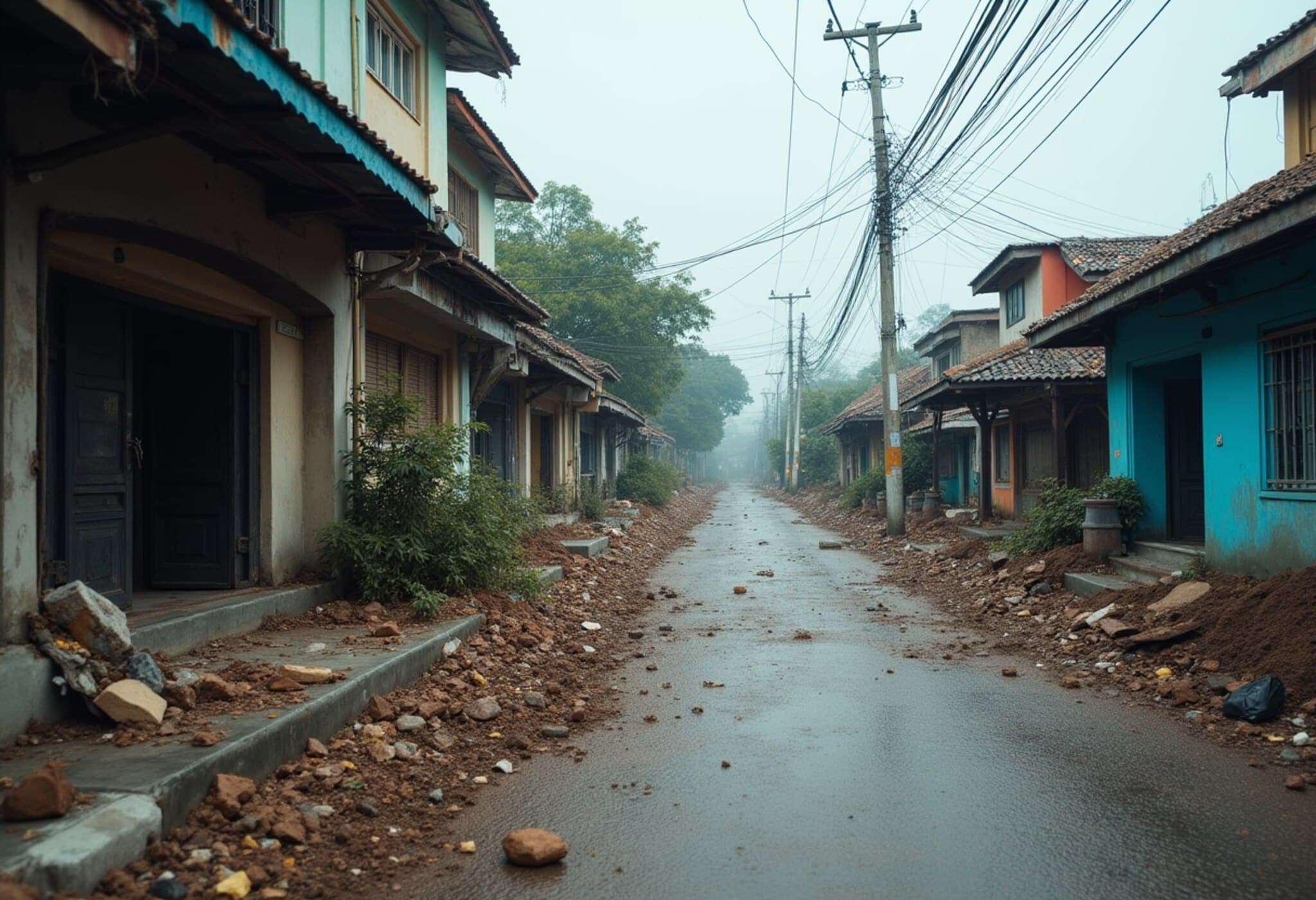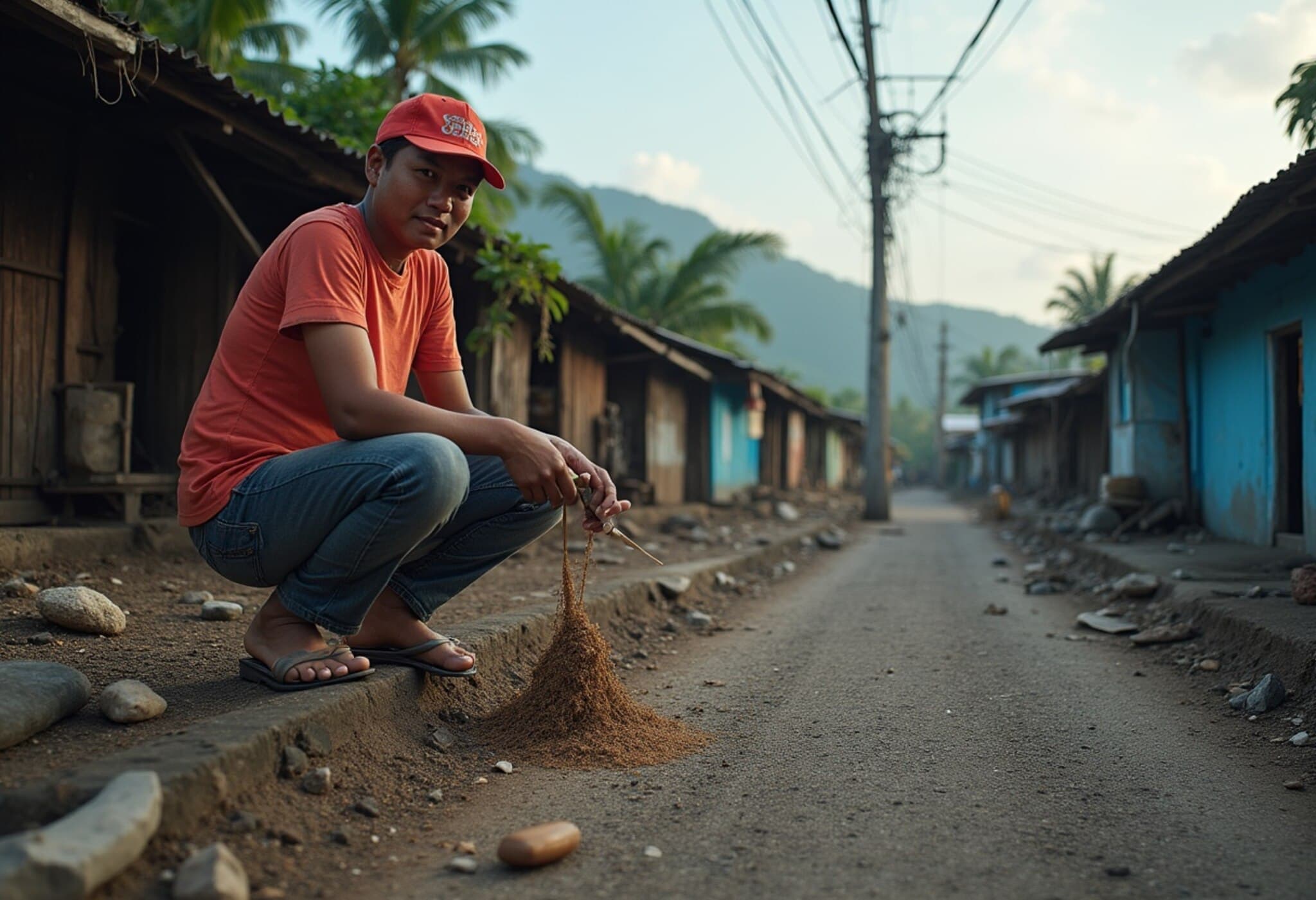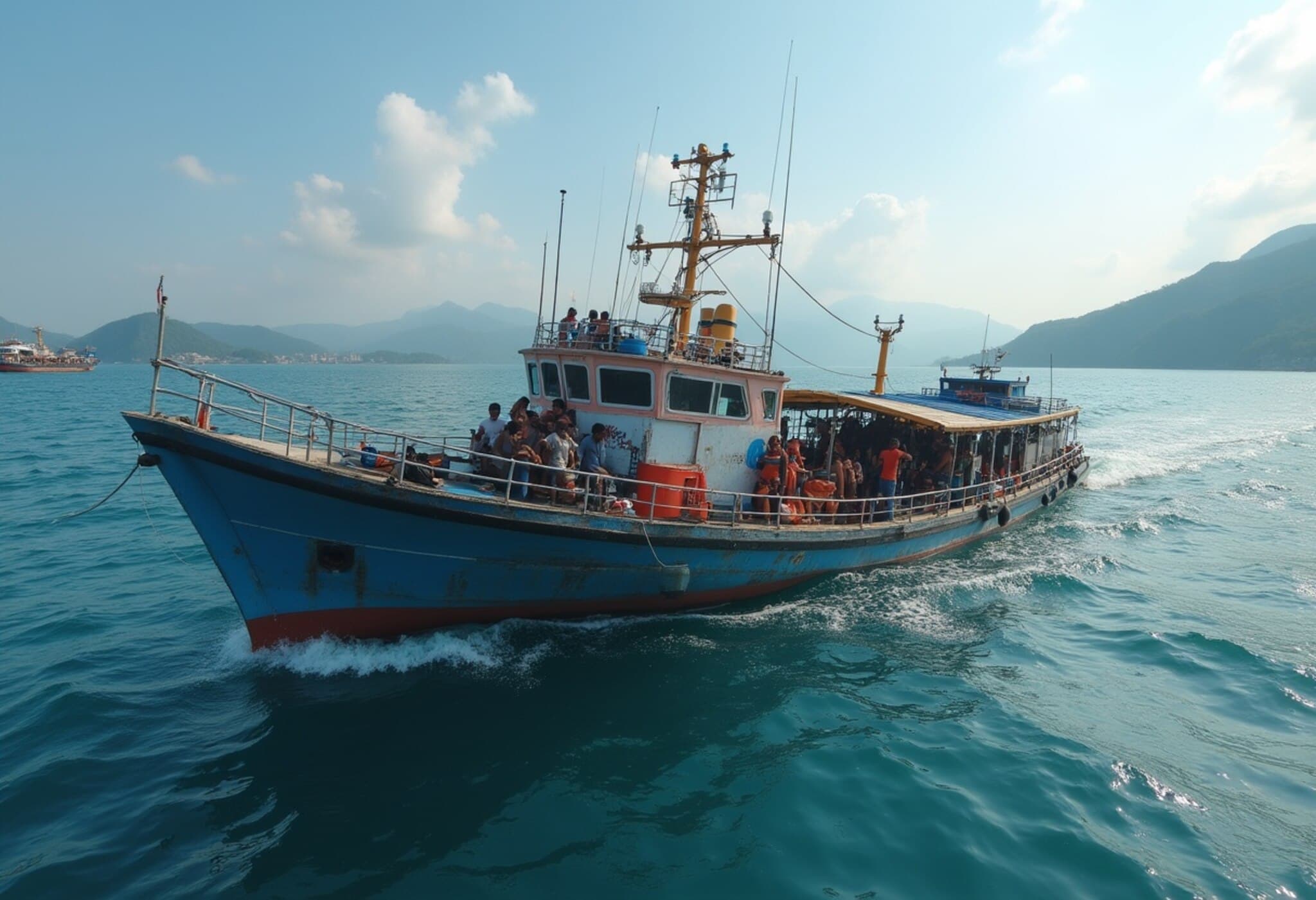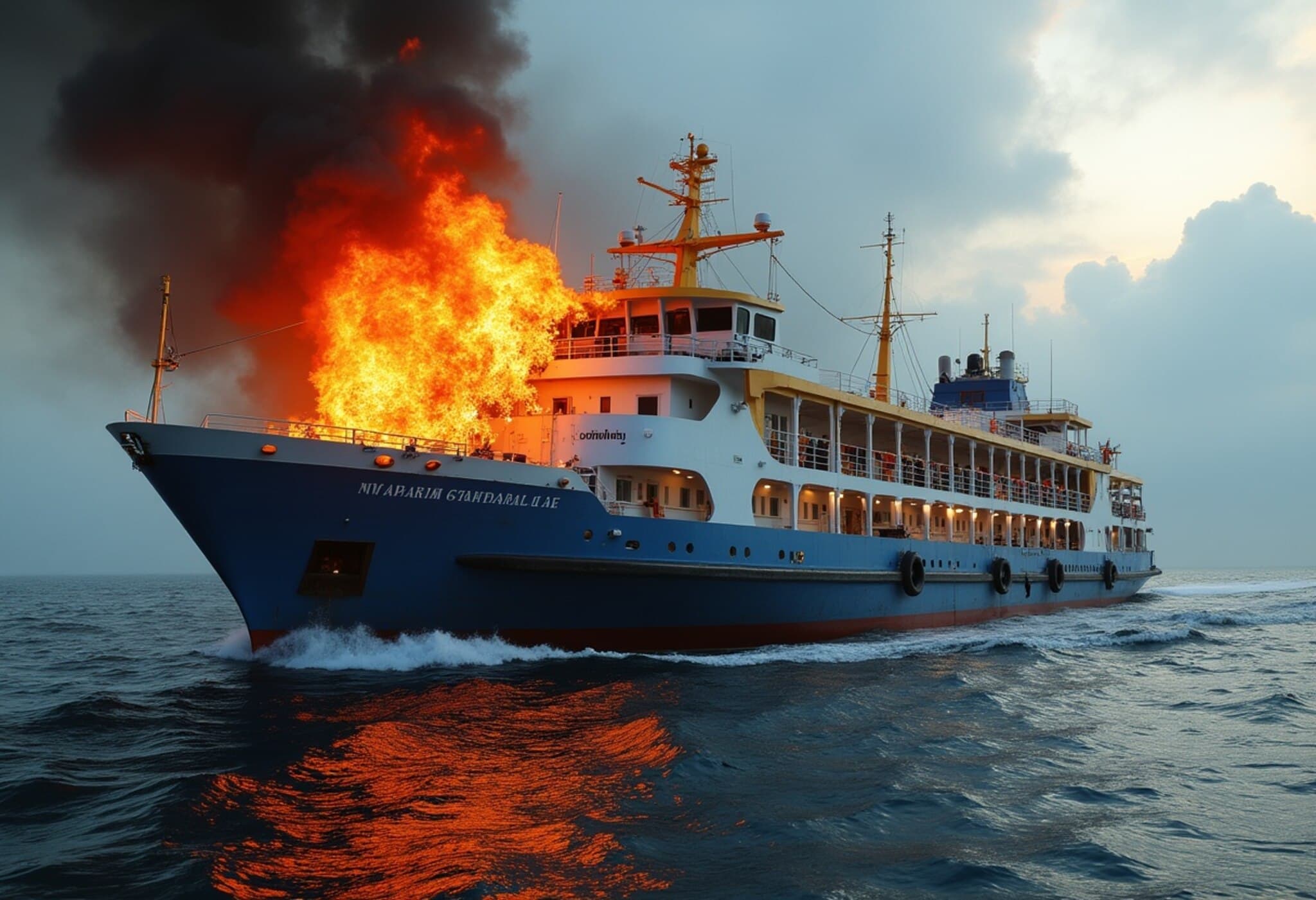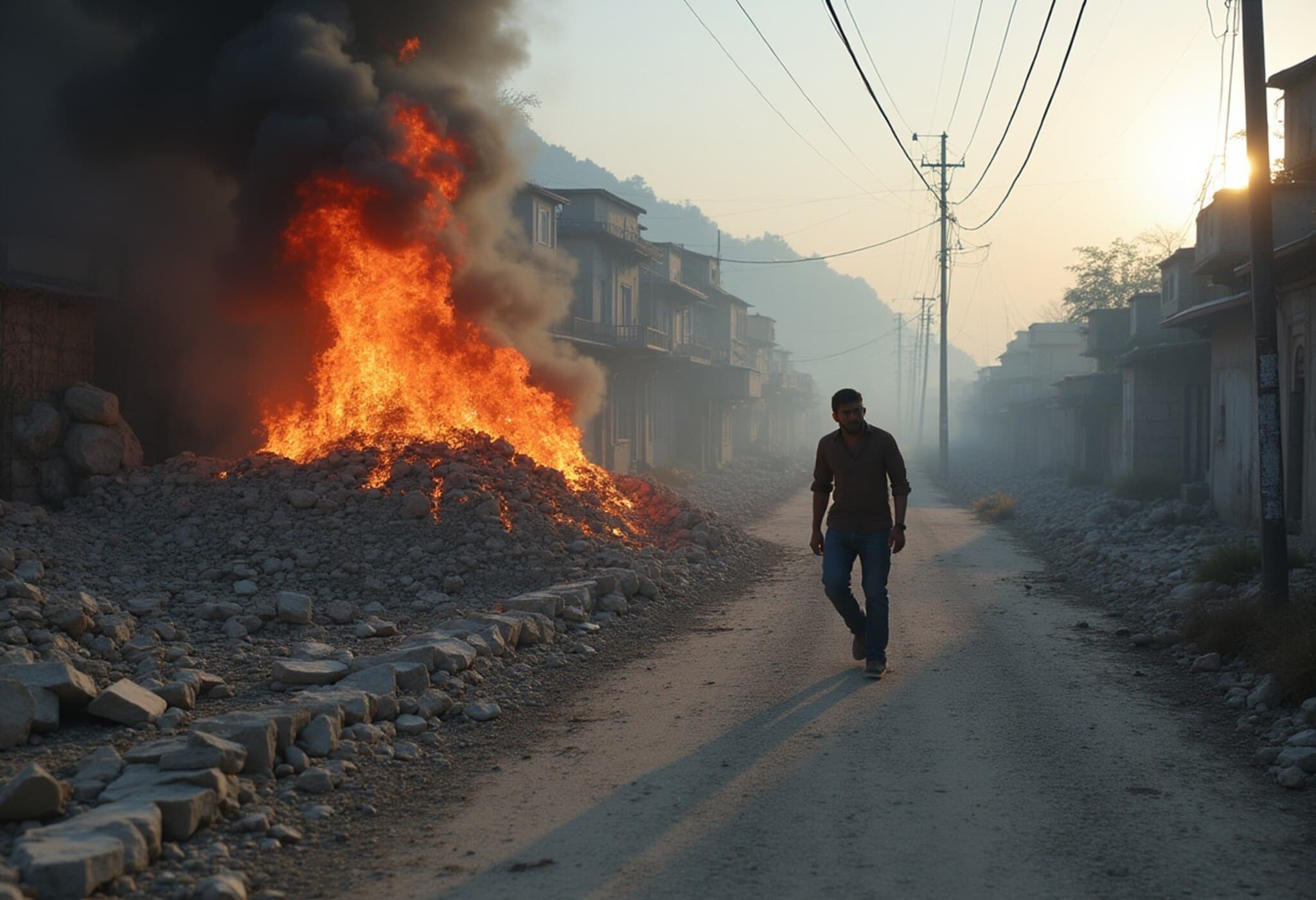Mount Lewotobi Laki Laki Spews Massive Ash Clouds in Latest Eruption
Indonesia’s Mount Lewotobi Laki Laki, one of the nation’s most active and closely monitored volcanoes, erupted again on Saturday, unleashing towering plumes of ash reaching nearly 18 kilometers (11 miles) into the sky. This dramatic geological event blanketed nearby villages with volcanic debris but, fortunately, no casualties have been reported so far.
Double Eruptions in Under Five Hours
Saturday's eruption came mere hours after the volcano’s initial eruption on Friday evening, which sent columns of ash 10 kilometers (6.2 miles) high. That explosion also illuminated the night sky with glowing volcanic material and spectacular lightning bolts, a vivid reminder of the immense power simmering beneath Indonesia's surface.
Traditionally restless, this volcano's recent activity has posed significant challenges. The country's Geological Agency observed an avalanching flow of searing gas, rocks, and lava racing down the mountain slopes for as far as 5 kilometers (3 miles). Drone surveillance further revealed vigorous magma movement deep underground, correlating with seismic tremors detected on monitoring instruments.
Volcanic Debris Causes Widespread Impact
The eruption hurled volcanic rocks as large as thumb-sized gravel up to 8 kilometers (5 miles) from the crater, covering neighboring settlements with thick layers of ash and debris. Authorities have urged local inhabitants to remain alert, particularly warning that heavy rains could trigger dangerous lava flows in nearby river systems fed by the volcano’s slopes.
Remembering Past Catastrophes
Saturday’s explosive activity marked one of the largest eruptions in Indonesia since the devastating 2010 eruption of Mount Merapi on Java island. That disaster tragically claimed more than 350 lives and forced the evacuation of hundreds of thousands, underscoring the deadly potential of Indonesia’s volcanic landscape.
The recent events come just weeks after a substantial eruption on July 7, which disrupted air travel at Bali’s Ngurah Rai airport and left broad patches of roads and paddy fields buried under layers of volcanic mud and rock.
Ongoing Alerts and Evacuations
Standing at 1,584 meters (5,197 feet) on the secluded island of Flores, Mount Lewotobi Laki Laki has been on the highest alert level since its eruption began on June 18. The government has accordingly doubled the exclusion zone to a 7-kilometer (4.3-mile) radius amid rising eruption frequency. In light of prior deadly activity last November that resulted in nine fatalities and widespread housing destruction, thousands of residents have been permanently relocated in efforts to minimize risk.
Indonesia’s Volcanic Legacy and Global Significance
As the world's largest archipelago with a population exceeding 280 million, Indonesia’s position along the Pacific “Ring of Fire” places it at the crossroads of intense seismic and volcanic activity. With more than 120 active volcanoes, the country serves as a living laboratory for volcanologists and disaster response agencies worldwide.
Expert Insight: Preparing for Indonesia’s Volcanic Future
Indonesian and international experts emphasize that these eruptions not only affect local communities but also hold broader implications for global aviation safety, climate monitoring, and disaster management.
Improved early warning systems and community preparedness programs are critical, especially as many of Indonesia’s volcanoes lie near densely populated areas. The series of recent eruptions spotlights the pressing need for ongoing investment in geological research and infrastructure resilience.
Critical Questions Ahead
- How can Indonesia balance rapid economic development with the challenges posed by natural disasters?
- What role should international cooperation play in enhancing Indonesia’s volcanic monitoring capacity?
- How might climate change influence volcanic activity and related hazards in the region?
Editor’s Note
Mount Lewotobi Laki Laki’s recent explosive displays serve as a potent reminder of nature’s raw power and the fragility of human settlements in volcanic regions. While immediate dangers seem contained, the evolving situation demands vigilant monitoring and community-centered disaster preparedness. This episode also invites reflection on the broader geopolitical and environmental dynamics shaping Indonesia’s future, a crossroads where natural forces and human resilience meet in dramatic fashion.

